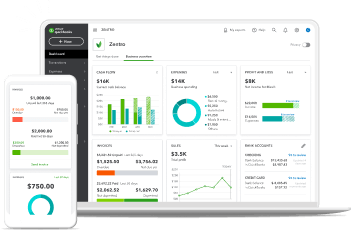Gross profit margin examples
Here, we’ll look at examples of how the gross profit margin can be applied in two different commercial settings:
Example 1: Retail
A retail shop in Kuala Lumpur records the following for August:
- Gross Sales: RM50,000
- Returns & Discounts: RM2,000
- Beginning Inventory: RM10,000
- Purchases: RM20,000
- Ending Inventory: RM8,000
Step 1: Net Sales = 50,000 – 2,000 = RM48,000
Step 2: COGS = 10,000 + 20,000 – 8,000 = RM22,000
Step 3: Gross Profit = 48,000 – 22,000 = RM26,000
Step 4: Gross Profit Margin = (26,000 ÷ 48,000) × 100 = 54.2%
A margin of 54.2% is relatively healthy for a retail shop. This indicates the business is managing its production costs efficiently. To get meaningful insights, compare this figure with industry benchmarks in Malaysia—for example, retail margins often range between 30–60%, depending on the product mix.
Example 2: Construction
A small construction firm in Penang completes a project with these figures:
- Gross Sales (project revenue): RM500,000
- Returns & Discounts: RM0 (common in contracts)
- Beginning Inventory (materials on hand): RM50,000
- Purchases (cement, steel, subcontractor services): RM300,000
- Ending Inventory (unused materials): RM30,000
Step 1: Net Sales = 500,000 – 0 = RM500,000
Step 2: COGS = 50,000 + 300,000 – 30,000 = RM320,000
Step 3: Gross Profit = 500,000 – 320,000 = RM180,000
Step 4: Gross Profit Margin = (180,000 ÷ 500,000) × 100 = 36%
A margin of 36% indicates that after covering the cost of materials and subcontractors, the firm keeps RM0.36 for every RM1 of revenue earned. In construction, gross profit margins are typically lower than retail or services because projects are labour and material-intensive. Margins can also vary depending on the type of project—residential jobs may have higher margins than large infrastructure contracts.






